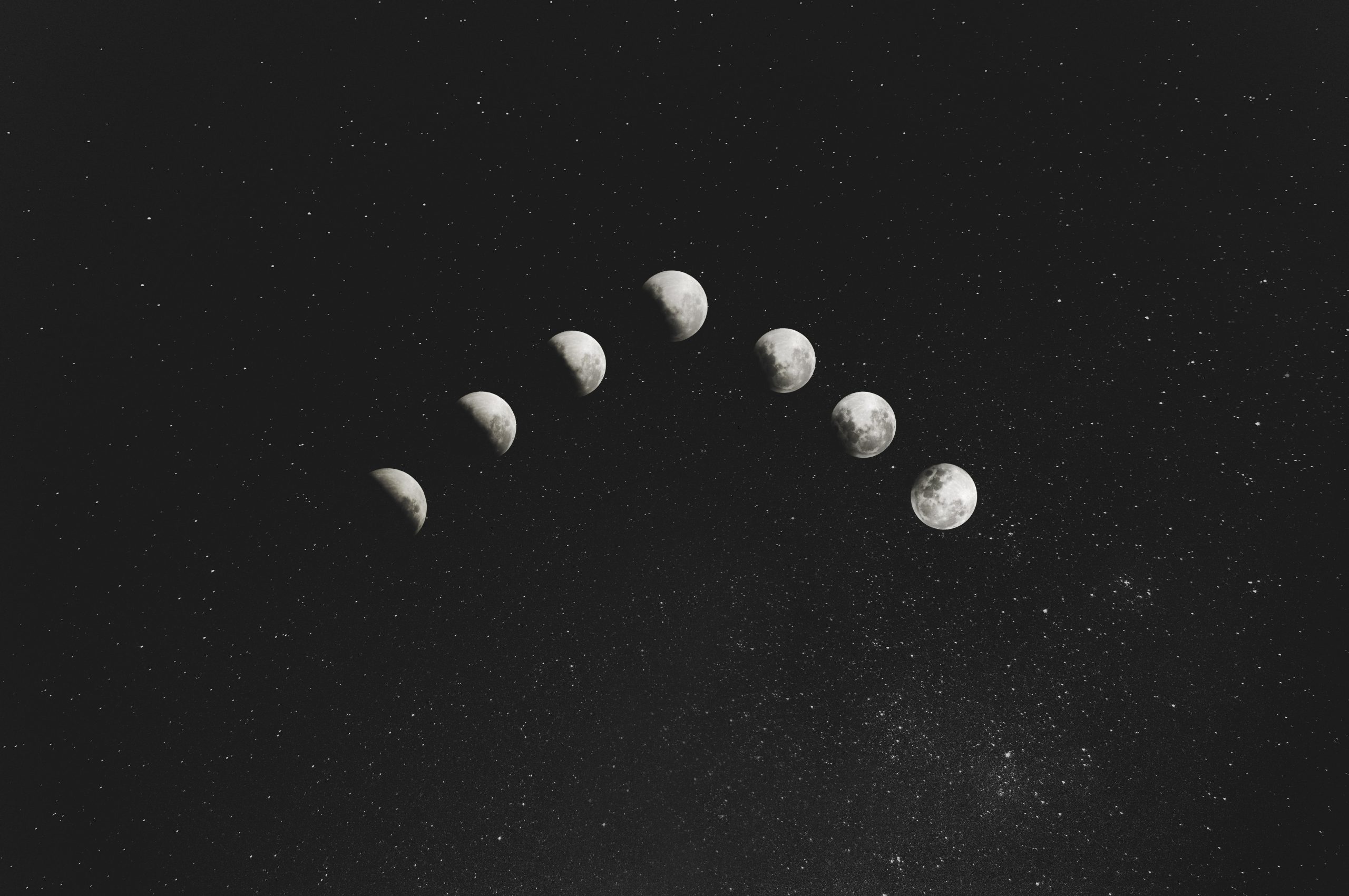What Time of Day Does the Full Moon Rise?
The full moon has been a fascinating and mystical phenomenon that has captivated humans for centuries. Its beauty and presence in the night sky have inspired various myths, legends, and even scientific studies. One question that often arises in discussions about the full moon is: what time of day does it actually rise?
To understand the timing of the full moon’s rise, we need to delve into the mechanics of our Earth-Moon system and how it interacts with the Sun. Before we do that, let’s quickly recap what exactly a full moon is.
The Full Moon: A Celestial Spectacle
A full moon occurs when the Moon is positioned directly opposite the Sun from the Earth’s perspective. This alignment creates a striking visual effect, where the entire illuminated side of the Moon is visible to us on Earth. The full moon typically has a luminous golden or silvery glow, depending on atmospheric conditions, and offers a remarkable celestial spectacle.
Now, back to our question: What time of day does the full moon rise? The answer to this lies in the daily rotation of the Earth and the orbit of the Moon around our planet.
The Moon’s Phases
Before we can grasp the timing of the full moon’s rise, it helps to understand the various moon phases. The Moon goes through distinct phases due to its position relative to the Sun and Earth:
- New Moon: The Moon is positioned between the Earth and the Sun, and its unlit side faces us.
- Waxing Crescent: A small portion of the Moon becomes visible as a thin crescent.
- First Quarter: The Moon is now half-illuminated and appears as a half-circle.
- Waxing Gibbous: The illuminated portion continues to grow, gradually nearing a full moon.
- Full Moon: The entire side of the Moon facing the Earth is fully illuminated.
- Waning Gibbous: The illuminated portion begins to decrease.
- Last Quarter: Only half of the Moon is now illuminated, appearing as a half-circle once more.
- Waning Crescent: A thin crescent of the Moon is visible before it transitions to a New Moon again.
Now that we have a general understanding of lunar phases let’s delve into the mechanics of the full moon’s rise.
Timing the Full Moon’s Rise
The time at which the full moon rises may vary depending on several factors, including your location, the time of the year, and the Moon’s position in its orbit.
Generally, the full moon rises around sunset and remains visible throughout the night. This is because during a full moon, the Moon lies on the opposite side of the Earth as the Sun, resulting in its rise occurring as the Sun sets in the western horizon.
However, it’s important to note that the exact timing may differ between locations due to variations in local geography and time zones. If you live near a mountain range, for example, the Moon may rise behind the mountains, causing a slight delay in its visibility.
Moreover, the time of year also influences the full moon’s rising time. The Earth’s axial tilt causes the Sun’s path across the sky to change throughout the year, which affects the Moon’s rise and set times. During spring and autumn, the Moon’s rise and sunset are relatively close together, resulting in a higher lunar trajectory. Conversely, in summer and winter, the Moon’s rise occurs at a shallower angle and closer to the horizon.
To determine the specific time of the full moon’s rise in your area, you can refer to astronomical charts, mobile applications, or websites dedicated to providing celestial information. These resources offer accurate and location-specific data, allowing you to plan your full moon viewing accordingly.
The Magic of the Full Moon
The full moon’s rise continues to captivate us, not only due to its beauty but also because of the prevalent cultural and mythological beliefs associated with it. From ancient civilizations to modern-day practices, the full moon has been considered a time of heightened energy, spiritual connections, and transformative experiences.
Many cultures and superstitions revolve around the full moon, linking it to werewolves, witches, and various other supernatural phenomena. While these beliefs may be rooted in folklore, there is no denying the powerful effect the full moon has had on humanity’s collective imagination.
The Wonders of the Night Sky
As we gaze up at the full moon, marveling at its luminous presence, it’s important to remember that this celestial event is the result of intricate cosmic interactions. The Moon’s orbit around the Earth and the Earth’s orbit around the Sun create a beautifully dynamic system that gives rise to the full moon at specific intervals.
So, the next time you find yourself wondering when the full moon will rise, take a moment to appreciate the cosmic ballet that unfolds before our eyes. Regardless of the precise time, the full moon remains a captivating celestial phenomenon, inspiring awe, wonder, and contemplation.
We hope this blog post has shed some light on the timing of the full moon’s rise and deepened your appreciation for this magical event that graces our night sky. Happy moon-gazing!
Table of Contents
